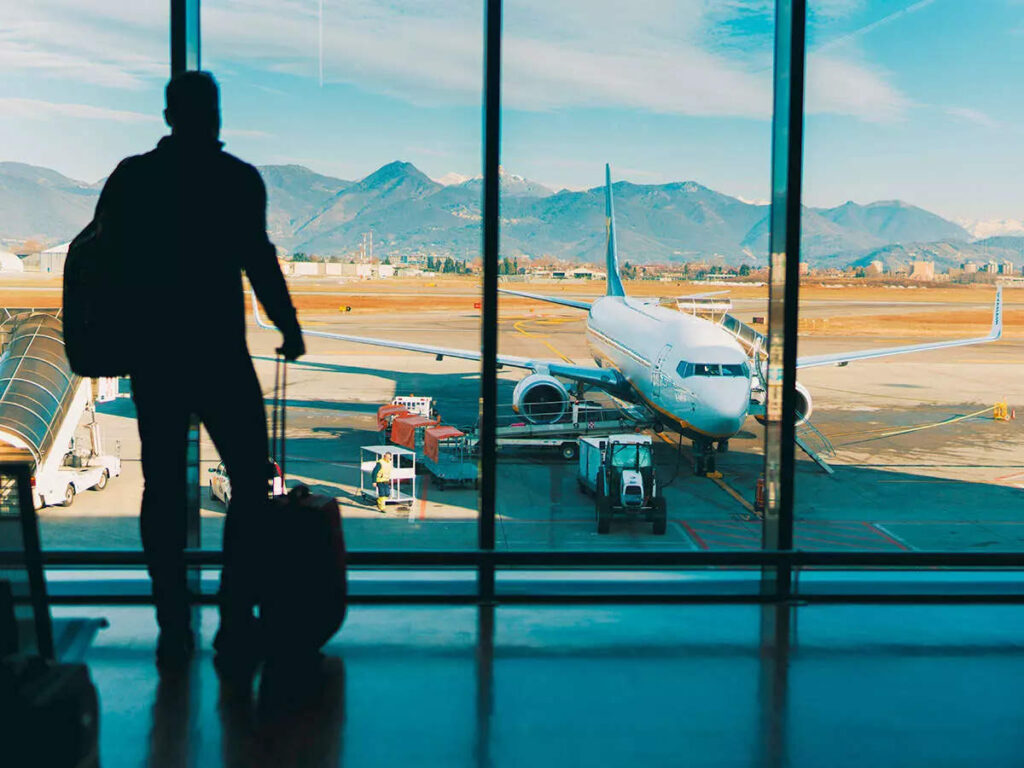:
Passengers benefit from listening to tips from flight attendants for having the smoothest flights. After all, flying is part of their trade.
The top complaints made by flyers include the following:
- Cancellations
- Delays
- Changes to schedules
- Baggage theft
- Hidden charges
Therefore, attendants can help travelers overcome them with information based on their experiences.
Flyers remain at the mercy of airline operations as the providers continue making adjustments to improve customer satisfaction. However, some things stay out of their control.
Assuming that weather conditions will allow the plane to take off and land, passengers can take some steps to improve their travel experiences.
For example, attendants must emphasize the benefits of arriving at the airport with time to spare. Business travelers who arrive early can enjoy the corporate airport lounges and catch up on work-related tasks before takeoff.
The extra time is also an opportunity to check in with the company’s corporate travel manager and staff.
We look at seven flight attendant tips for a smooth flight.
1. Arrive at the Airport with Time to Spare
To avoid missing flights, arrive at the airport with some time to spare. Coming early helps airlines account for passengers, and since airlines overbook, it lessens the chances that early arrivers will find themselves in the standby line.
Moreover, arriving early ensures passengers can work through security and relax for a minute before the scheduled departure time.
2. Know the Luggage Requirements
When airlines started charging fees on luggage over a certain weight, consumers made adjustments. However, it’s still possible to trigger the fees if bags surpass the weight or size limits.
Thus, to make flights smoother, know the luggage requirements before arriving at the airport.
Luggage manufacturers and retailers sell portable scales that help travelers estimate luggage weight. Those who prefer to skip the fees should also know how many free checked bags and carry-ons airlines will allow them.
Adhering to the regulations will save passengers a lot of grief before they board.
3. Pack the Essentials
Business travelers must pack the essentials to focus on the trip’s purposes instead of picking up items they didn’t pack.
Some flying essentials include:
- Tech devices such as smartphones, laptops, or tablets
- Accessories for tech devices, such as wall plugs, charging wires and carrying cases
- Snacks
- Scarf, wrap, or sweater
- Water
Since the airlines have cut back on in-flight meals and drinks, passengers benefit from packing their own. Also, travelers must bring their comforts with them.
4. Hydrate
In enclosed spaces like planes, the humidity levels range between 15% to 20%. Ground humidity levels range between 30% to 65%. Therefore, flying causes passengers to feel thirsty more frequently.
Some individuals don’t feel thirsty, but that doesn’t mean their bodies lack hydration.
Short flights average three hours, and that’s enough time to dehydrate.
Thus, remember to hydrate hourly by drinking eight ounces for maximum comfort during and post-flight.
5. Dress Appropriately
Business travelers represent their employers and brand. Therefore, etiquette dictates that corporate passengers should dress appropriately.
However, it’s not necessary to wear suits. Instead, opt for business casual outfits that provide comfort during and post-flight.
Some attire options include:
- Polos
- Cardigans
- Blazers
- Slacks
Skip the jeans, flip-flops, and leggings. Instead, opt for clothing made from materials that stretch, provide breathability, and won’t wrinkle easily.
6. Use the Airline App
Flight attendants believe that passengers benefit from using their airline’s app.
Smartphones coupled with apps become mini laptops that increase the user’s productivity. Plus, using the app’s functions will provide enough information that helps passengers track flights and confirm their reservations.
Passengers will also find answers to frequently asked questions.
7. Listen to the Instructions
Frequent travelers have heard the in-flight instructions from attendants several times. Even a novice traveler will find the protocol monotonous.
However, it’s imperative to listen to the airline staff safety tips as the place prepares for takeoff.
The Aircraft Owners and Pilots Association points out that the rate of precautionary landings hovers at 0.06%. Flyers who understand their role during an emergency help flight attendants and crews ensure everyone’s safety.
Conclusion
Flight attendants care for passengers in-flight for several hours and listen to traveler complaints. Therefore, attendants can offer the best advice for smooth flights. A few preparations starting with arriving at the airport early set the tone for the following three to six hours.

